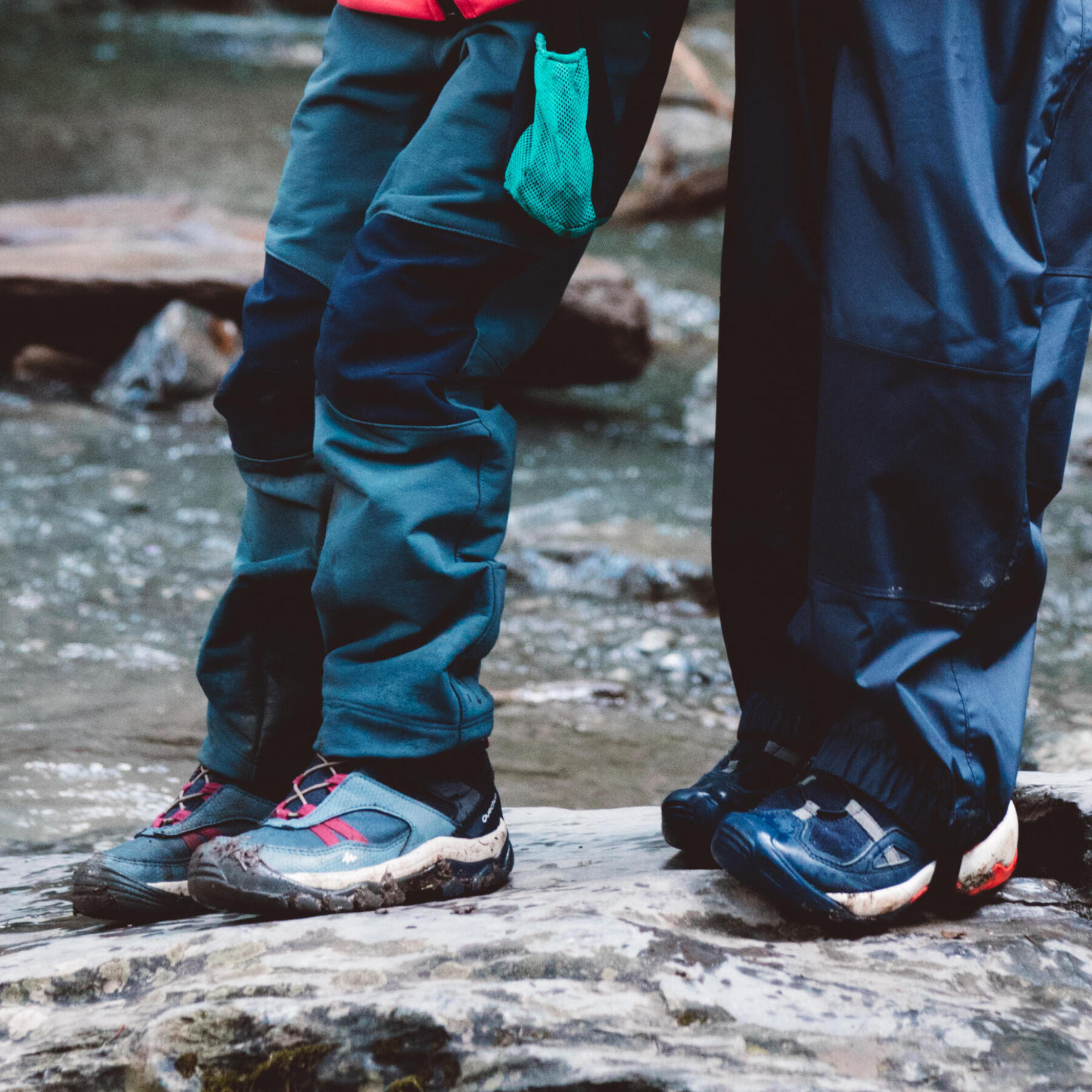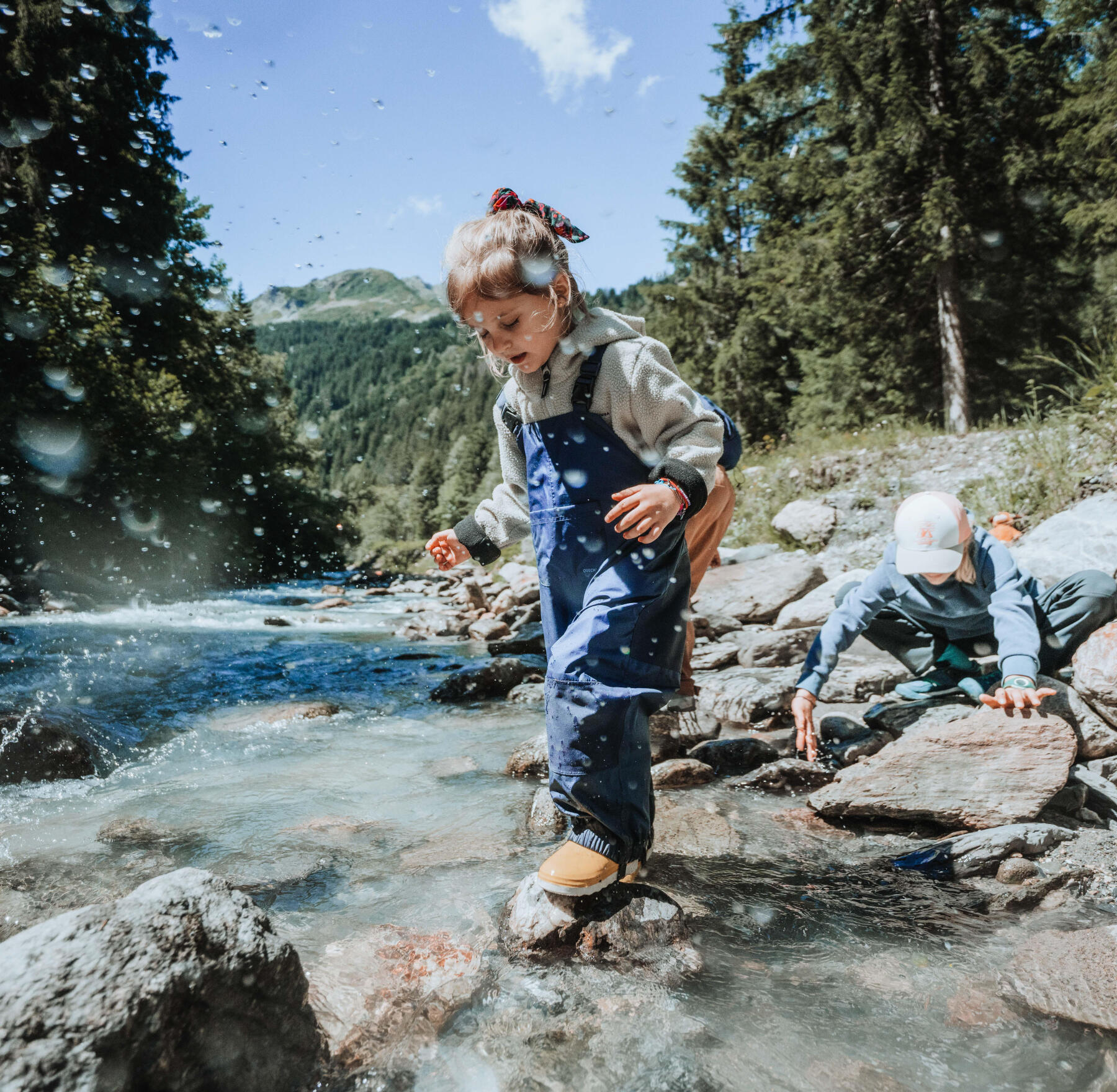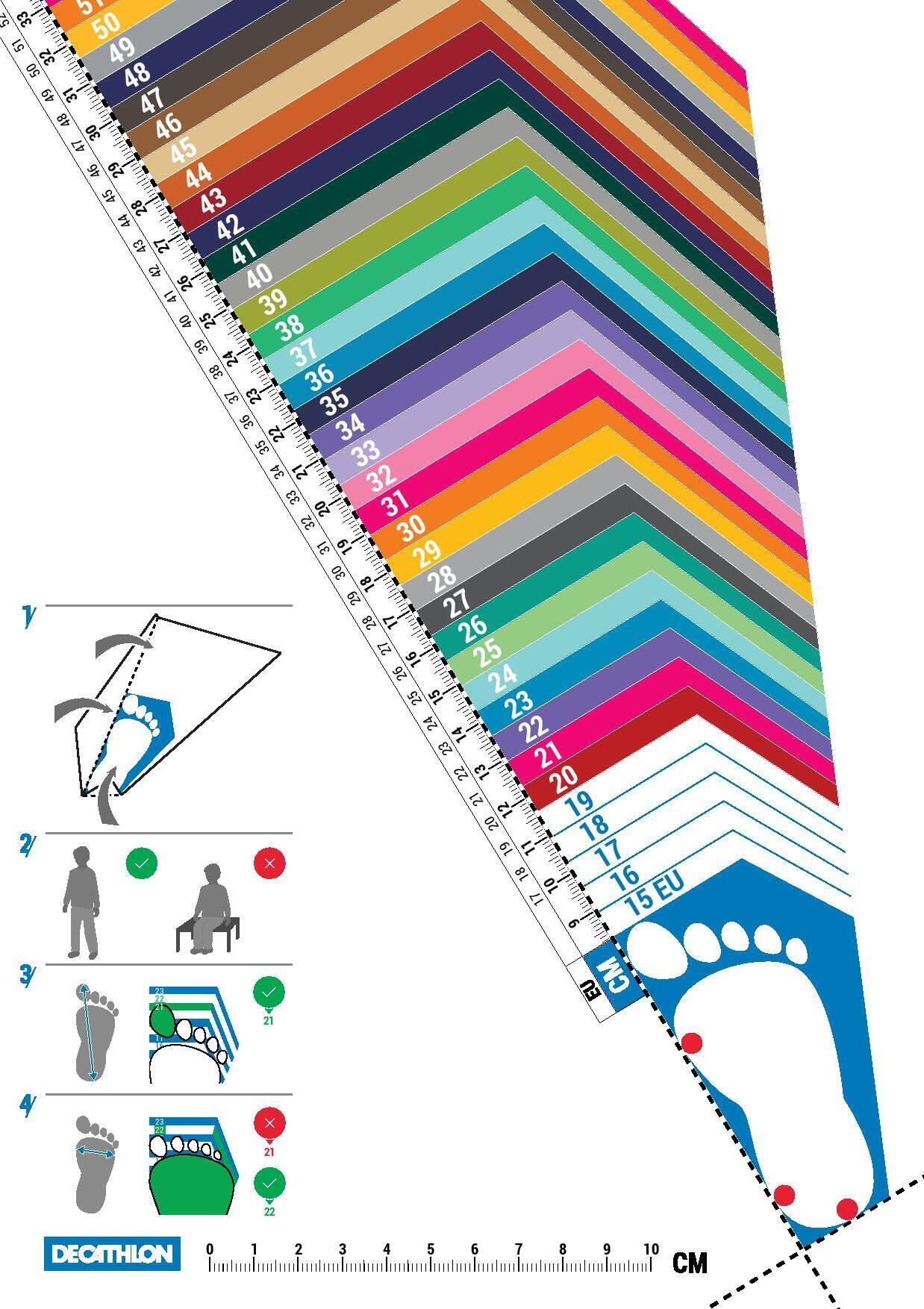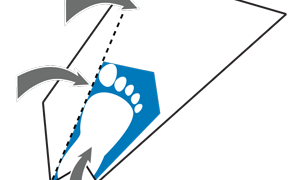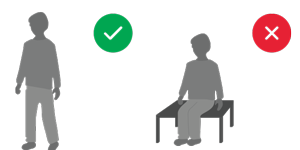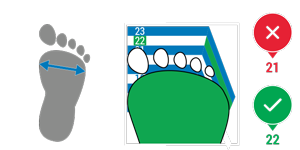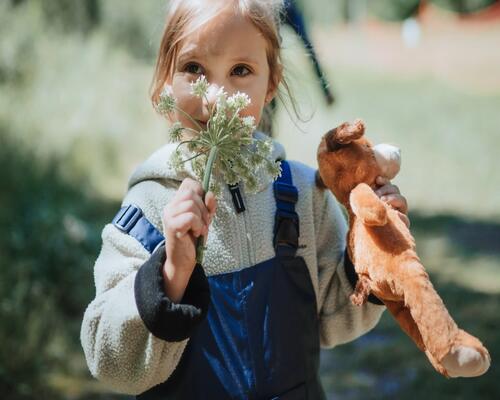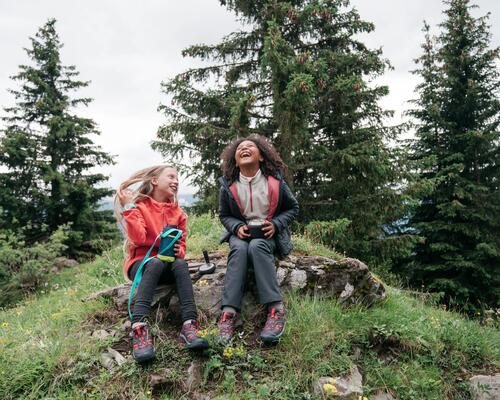What size at what age for a baby or kid?
How to measure shoe size?
As with adults, sizes for babies and kids are based on measurements in centimetres of the length of the foot, which are then converted into a number system (why make it simple when you can make it complicated?).
The width of the foot will also be taken into account, especially if the foot is between two sizes.
In this article, we will talk about French sizes.
Baby sizes for the UK and the USA use different numbers.
So be careful if you order internationally not to get confused!

